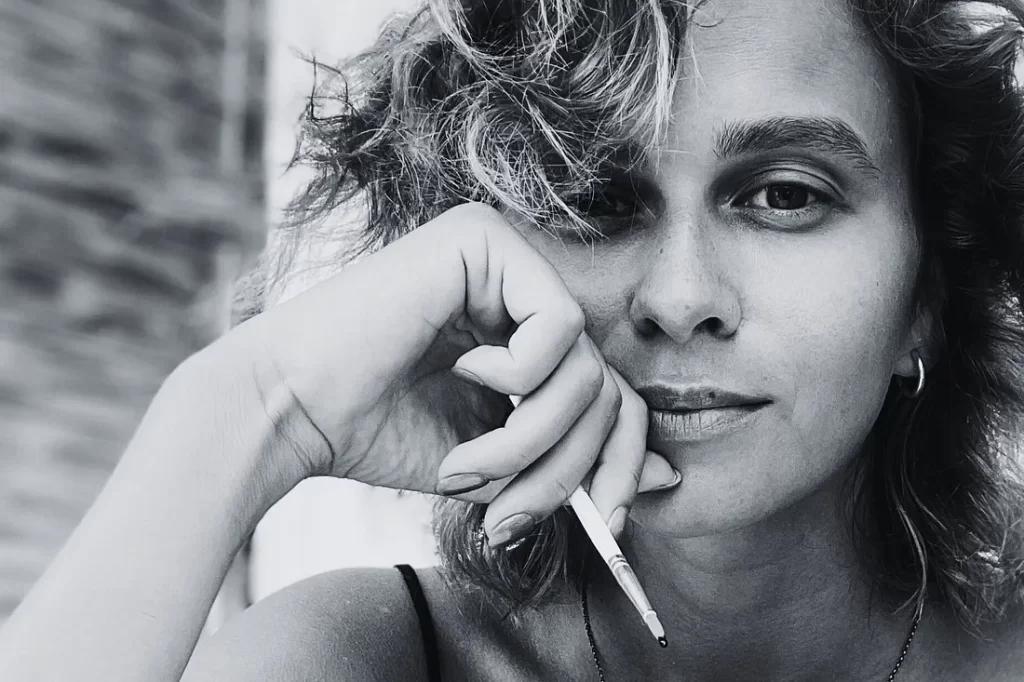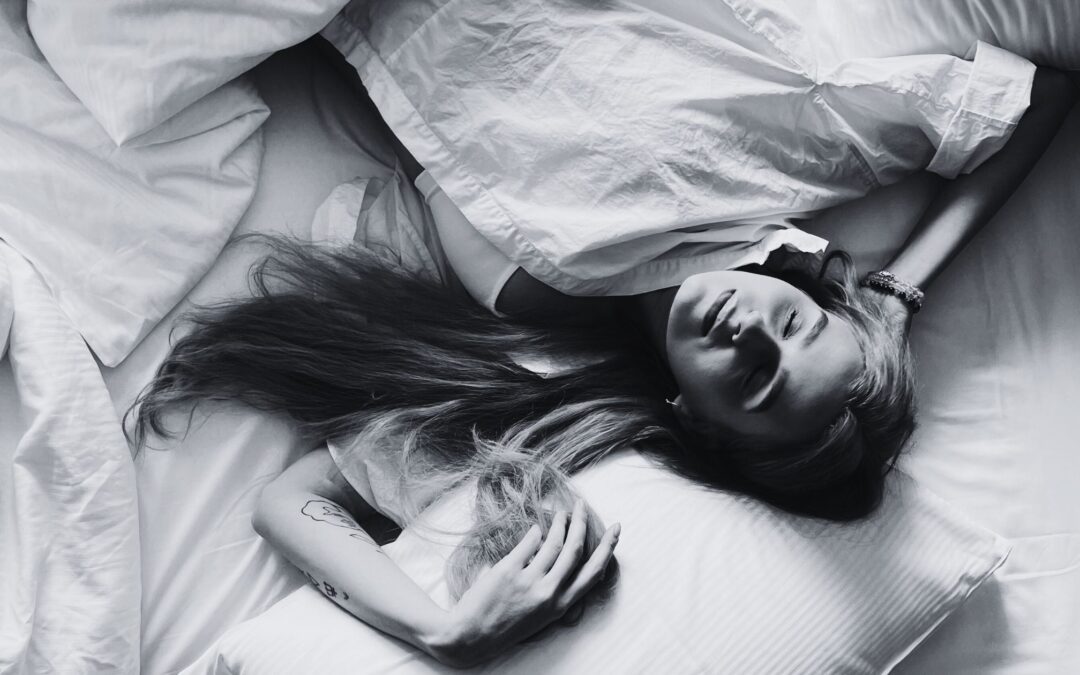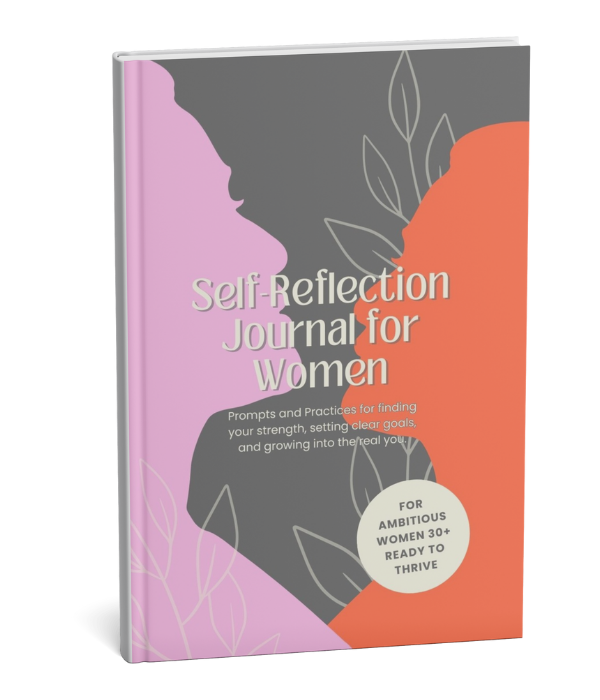Table of Contents
For a long time, my creativity was silent. Not gone, just quiet — like a part of me that had curled up in a corner, waiting to be seen again. I had forgotten that I was an artist. A writer. A feeler. A creator. And the moment I started remembering, everything began to shift.
If you’re wondering how to find your creative voice after years of feeling disconnected from your artistic self, this is the story of how I reclaimed that part of me — and how you can too.
This isn’t just about painting or writing. It’s about reconnecting with the part of yourself that sees beauty, asks questions, and isn’t afraid to create something that didn’t exist before.

I Used to Be a Girl Who Painted on Walls
As a child, I was endlessly creative. Before I was told who I should be — I was painting murals with my brother, scribbling stories into lined notebooks, writing poems on the back of old postcards.
I painted, wrote poems, got lost in stories. I even won competitions. My imagination felt limitless. My art teacher believed in me, and for a while, I believed in myself too.
Creativity was just something I did. It wasn’t sacred or special. It was play. It was freedom. It was mine.
And then slowly, it wasn’t.
My teacher’s words — “Painting is not a viable profession. You should study something more secure.” — sank into my subconscious and stayed there. My parents, practical and cautious, didn’t encourage art either. They saw it as a waste of time. The art and music schools I wanted to attend were too far, too inconvenient.

So, little by little, I stopped creating.
University life swept me up in distractions — new friends, new routines, beer instead of brushes. I traded self-expression for fitting in. Like many of us, I just wanted to be liked. To be part of something.
Somewhere between school bells and career paths, creativity became a luxury. Something to be done after the work was done. Or a “cute hobby” for someone else, someone softer, more “artistic.” I stopped writing poems. I stopped painting. I even stopped doodling in the corners of notebooks.
I told myself I wasn’t that type anymore.
And somewhere along the way, I forgot who I was. I forgot how to hear my own voice.
“Every child is an artist. The problem is how to remain an artist once we grow up.”
— Pablo Picasso
Why We Lose Touch With Our Creativity
Understanding how to find your creative voice starts with understanding why we lose it in the first place. My story isn’t unique — it’s devastatingly common.
The Voices That Silence Us
Most of us don’t lose our creativity overnight. It’s slowly conditioned out of us by:
- Well-meaning adults who prioritize “practical” skills over creative expression
- Educational systems that reward conformity over originality
- Social pressure to fit in rather than stand out
- Economic anxiety that makes creativity feel like a luxury we can’t afford
- Perfectionism that makes us afraid to create anything imperfect
The Psychology of Creative Suppression
When we’re repeatedly told that our creative impulses aren’t valuable, we begin to internalize that message. We start believing that creativity is selfish, impractical, or simply not “for people like us.”
But here’s what I’ve learned: Creativity isn’t a luxury. It’s a fundamental part of being human.
As psychologist Rollo May wrote: “Whereas moral courage is the righting of wrongs, creative courage, in contrast, is the discovering of new forms, new symbols, new patterns on which a new society can be built.”
Learning how to find your creative voice isn’t just about making art — it’s about developing the courage to see the world differently and express your unique perspective.
The Turning Point: Permission to Create Again
It wasn’t one big moment that brought me back to creativity. It was a slow, quiet return. A deep knowing that started to whisper louder in my late twenties: This isn’t the life I want.
For years, I was living in a world where productivity was praised and creativity was questioned. But I didn’t want the study-work-family-house-car life script. I wanted more. I wanted freedom. I wanted to feel again.
I didn’t know it back then, but I had lost what Rollo May calls “creative courage” — the kind we need not just to make art but to live authentically. I thought learning how to find your creative voice meant quitting everything and becoming a painter. I didn’t realize it could begin with something much smaller: a journal, a brush, a sentence.

The Spark That Reignited Everything
For a while, I took a painting course for adults. That small step was a beginning. But the real change happened when I moved to Bali.
Something cracked open.
Here, surrounded by nature, rituals, and people choosing unconventional lives, I realized I didn’t need anyone’s permission to create. I bought paints and started pouring my moods into color. I wrote long, honest captions on Instagram and Facebook. I told the truth. And it terrified me.
But it also liberated me.
“Creative people are curious, flexible, persistent, and independent — with a tremendous spirit of adventure.”
— Henri Matisse
5 Steps to Rediscover Your Creative Voice
After years of rediscovering my creativity and helping others reconnect with theirs, I’ve identified five essential steps for anyone wondering how to find your creative voice:
Step 1: Start Small and Give Yourself Permission
You don’t need to become a professional artist to be creative. Start with five minutes. Pick up a pen and write one paragraph about your day. Doodle while you’re on the phone. Take a photo that captures a feeling.
The goal isn’t to create masterpieces — it’s to remember what it feels like to create without judgment.
Permission-giving exercises:
- Set a timer for 10 minutes and create something, anything
- Write in a journal that no one will ever read
- Take a photo of something that makes you smile
- Sing in your car or shower
- Dance while cooking dinner
Step 2: Create Without Purpose or Audience
The fastest way to kill creativity is to create for external validation. When I started painting again, I didn’t post it online. I didn’t show it to anyone. I created for the pure joy of creating.
This removes the pressure and lets you rediscover what you actually enjoy making, not what you think others want to see.
Questions to guide you:
- What would you create if no one would ever see it?
- What themes or subjects naturally draw you?
- What materials or mediums feel good in your hands?
- What creative activities make you lose track of time?
Step 3: Embrace Imperfection and Play
Perfectionism is creativity’s biggest enemy. When learning how to find your creative voice, you must embrace the messy, imperfect, experimental phase.
Some of my favorite pieces came from “mistakes” — colors that ran together unexpectedly, words that tumbled out wrong but felt right, ideas that seemed silly but sparked something deeper.
Playful approaches:
- Set intentional limitations (use only three colors, write only in questions)
- Try mediums you’re “bad” at on purpose
- Create something intentionally ugly or weird
- Make art about mundane daily experiences
- Collaborate with children or friends
Step 4: Trust Your Unique Perspective
Your creative voice isn’t what you think you should make — it’s what naturally comes through you. I used to think I needed permission — from a teacher, an audience, an algorithm. But creativity isn’t something that’s given to you. It’s something you claim.
At first, I drew and shared my art tentatively. Then I began writing — about travel, identity, change. And something unexpected happened: people responded with love. With encouragement. With recognition.
Finding your authentic voice:
- Notice what themes keep appearing in your work
- Pay attention to what you’re naturally drawn to express
- Observe which of your creations feel most “you”
- Ask yourself: What do I have to say that no one else can say?
Step 5: Share Your Work Despite Fear
The fear of judgment never fully disappears — you just stop letting it control you. Yes, I was scared when I started sharing my creativity again. Exposing your inner world is terrifying.
But over time, I learned this beautiful truth: People are too busy with their own lives to judge you the way you fear. And those who do see you? They’re the ones you’re meant to reach.
The fear didn’t disappear. I just stopped letting it lead.
Gentle ways to start sharing:
- Participate in local art walks or open mic nights
- Post one creative piece anonymously
- Share with one trusted friend first
- Join online communities of fellow creators
- Start a creative blog or social media account

What Finding Your Creative Voice Really Looks Like
These days, I write in my journal every single day. Sometimes it’s messy and random, sometimes it turns into something more. But I write, and that’s what matters.
Painting is still part of me, though I dream of having my own studio again one day. When I traveled through South America, I filled my sketchbook with ink drawings inspired by ancient myths and vibrant people. In Peru, I lay on the grass in the Sacred Valley eating passion fruit and drawing whatever came to mind.

In Bali, I’m constantly inspired — by nature, customs, everyday beauty. I write while drinking tea, sitting on the sofa, looking out at the ocean. I listen to calming music… or sometimes hip-hop, when I need to channel fire.
This is what rediscovering your creativity looks like: imperfect, honest, alive.
The Ripple Effects of Creative Recovery
Reclaiming my creativity changed how I see myself. I’m not just someone who consumes beauty — I create it. I am a creator. And I’m proud of that.
I’ve also learned how resilient I am. How much strength lives in me. I’ve learned to stop chasing approval and to listen to the quiet voice within. She knows the way.
When you reconnect with your creative voice, you also reconnect with:
- Your sense of purpose and meaning
- Your authentic self and unique perspective
- Your capacity for joy and wonder
- Your ability to process emotions and experiences
- Your confidence in your own instincts

Your Creative Renaissance Starts Now
If you’re reading this and feeling blocked or scared to express your creativity — please don’t wait.
You don’t need to move to Bali. You don’t need to quit your job or start a business or call yourself an artist.
You don’t need to be perfect. You don’t need a big platform. You don’t need everyone to understand you.
You just need to be brave enough to start.
Simple Ways to Begin Today
Forget how old you are. Forget what they told you as a child. Forget the rules that were never yours to begin with.
- Write three pages of stream-of-consciousness thoughts
- Take a photo walk and capture 10 things that speak to you
- Spend 20 minutes drawing or painting without any plan
- Write a letter to your younger creative self
- Create a vision board of images that inspire you
- Start a creative journal or sketchbook
- Take one small creative class or workshop
You are not here to live like a robot. You are not here to play it safe. You are here to feel, to create, to live fully. To share your story. To inspire someone else who’s still hiding in the shadows.
Let your creative soul breathe. Let it shine.
The world needs your light.
“The world needs dreamers and the world needs doers. But above all, the world needs dreamers who do.”
— Sarah Ban Breathnach
Remember: You are allowed to create. You are allowed to express yourself. You are allowed to take up space with your art.
Because your creativity matters. And it starts with the courage to begin.

Frequently Asked Questions About Finding Your Creative Voice
Is it too late to rediscover my creativity?
It’s never too late to reconnect with your creative voice. Creativity isn’t just for children or “artistic types” — it’s a fundamental human capacity that can be rediscovered at any age. Many artists didn’t start creating until later in life.
What if I’m not naturally talented?
Talent is less important than curiosity and persistence. Your creative voice isn’t about technical skill — it’s about authentic expression. The more you create, the more your unique voice will emerge naturally.
How do I know if what I’m creating is any good?
When you’re learning how to find your creative voice, “good” is subjective and often irrelevant. Focus on what feels authentic and meaningful to you. If creating brings you joy or helps you process emotions, it’s serving its purpose.
What if people judge my creative work?
Some people might judge, but most people are too focused on their own lives to scrutinize yours. Those who respond negatively often do so from their own creative insecurities. Focus on connecting with people who appreciate authenticity.
How do I make time for creativity in a busy life?
Start small — even 10 minutes a day can reconnect you with your creative voice. Integrate creativity into existing routines: doodle during meetings, write while commuting, take photos during walks. Consistency matters more than duration.
What if I don’t know what kind of art I want to make?
Experiment freely without pressure to choose one medium. Try different forms – writing, drawing, photography, music, crafts. Your creative voice might be a combination of various expressions. Let curiosity guide you.














0 Comments